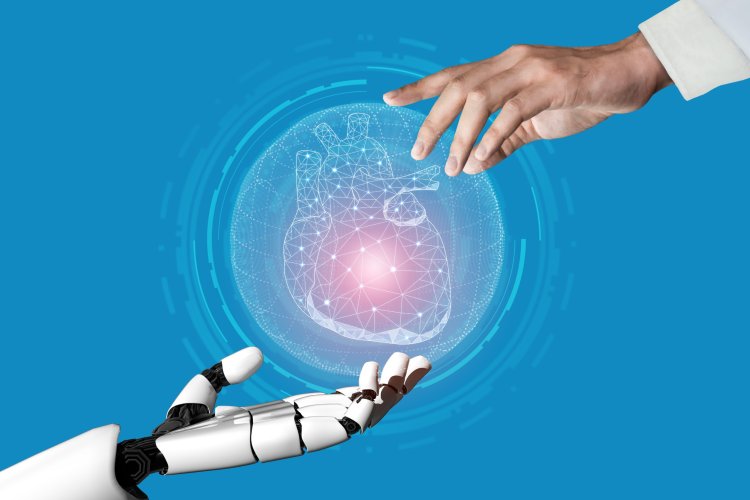To assess the design of a new kitchen, see the sights located thousands of miles away from home, or perform a surgical procedure for training purposes – artificial worlds on the screen of a headset or virtual reality glasses are used in many areas today, from education and medicine to industry and architecture.
Photo: pitinan / ru.123rf.com
VR technology started in the sixties, the first VR glasses appeared in 1979, when their development was connected with a military pilot helmet: it became possible to track a pilot's eye movements, so that a computer would generate a relevant image. In the early 90s, it became possible for computer game lovers to immerse into a three-dimensional game world. With the launch of wireless glasses and headsets production, the second half of the 2010s is called a revolution in the virtual industry.
Today, there is no need to explain in detail what virtual reality is and how it works. Briefly, a headset or virtual reality glasses display separate images for left and right eyes to create the illusion of three-dimensionality, sensors detect head movements and change the image accordingly; it is complemented by multichannel sound. Among other things, you can control the picture with special gloves or you can sit in a special virtual reality chair, which rotates 360 degrees in all planes, creating the effect of additional immersion.
Virtual patient
Virtual reality technology used in medicine allows you to create a program model of a patient's body or a specific organ before surgery, so that you can practice on a surgical table and plan how to perform in advance. This can be aided by a special program which analyzes and assembles the results of computer and magnetic resonance imaging into a model. With this model, a doctor can understand the individual features of a patient's body, conduct a trial surgery in virtual reality, or discuss and demonstrate what will happen in an operating room to a patient or their family.
Virtual models of both real people and program-generated artificial images are used in the training and retraining of surgeons. Doctors perform the same manipulations as they would in a real operating room, working with the most realistic images of injuries, blood, lighting, and instruments. Specialists from video game and film industries were involved in the creation of this program.
VR technology helps rehabilitate after a stroke, overcome phobias, or partly replace anesthesia – it works with some psychological facets. For example, a 3D game SnowWorld invites patients to play snowballs with penguins and snowmen. This app was developed to distract patients with severe burns from painful treatment procedures. By completely shielding a person from the real world with glasses and headsets, patients are placed in a cold environment where nothing reminds them of fire – this partly helps to overcome painful sensations and anxiety, for example, when changing bandages.
The house to be built
To take a walk around a building to be built or its interiors, alone or with a customer, to see the layout, assess the interior space and construction solutions with your eyes, almost live, not on drafts or samples. Today, there is a wide variety of VR applications and programs for architects and designers, including those with the most realistic object detalization, the possibility of selecting and installing light sources and changing the time of day in a program to "walk" across a room and compare natural light modes – the only question is the level of your computer performance.
Presentation of projects with the possibility to replace decorative elements or structural features of a room or building and the opportunity to use space more rationally – this is what virtual reality technology is mainly used for in construction and design industries. You can show the space designers are working on with a computer 3D model on a monitor, but the level of immersion will be many times lower.
Modern programs can build a virtual reality based on Building Information Model (BIM) technology. This is a system that links all elements of a 3D model of a structure or space, including permissible stresses, durability calculations, and even the cost of building materials. Today, projects of major structures, such as bridges or skyscrapers, are "assembled" with the help of BIM technology, and visualization programs convert downloaded information into a 3D virtual space, where you can immerse even before the foundation is cast.
Industrial safety
Accidents at large heavy industry enterprises – be it mining or metallurgy – are not frequent, but relatively regular, they result in high financial and reputational risks for companies. The maintenance personnel at such enterprises must have a high level of safety knowledge, and not just on paper, but really understand and know which valve to tighten or tumbler to switch, where to run in case of evacuation, and who to inform about a certain malfunction. Due to their specifics, it is either impossible or very expensive to conduct a training as close to reality as possible at high-risk enterprises, such as mines.
In these cases, large companies turn to VR-technology to simulate certain emergency situations. For example, one of the simulators demonstrates a work situation at an oil depot where one needs to fill a gas tanker with fuel. The sequence of actions, such as supplying a filling hose and opening a valve, is observed. After the tank is filled, the fuel feed should be stopped, but the simulator imitates an emergency situation – the valve gets jammed and the tank overflows. An employee involved in this virtual incident must leave the trestle and report the malfunction. However, they fail to do so in time and get trapped in a blast zone. As a result, the person is safe and sound, but gained experience, though not a complete one, but the one close to reality.
There are similar programs developed for other sites, such as large warehouses and mines.
Analysts predict that by 2026 the VR market will cross the 56 billion dollar threshold, and the number of virtual reality headsets sold will exceed 50 million. This data takes into account the market use by both corporations that employ the technology for particular areas of business development, and ordinary consumers – primarily, virtual video game players.
.
Based on open sources
Photo: pitinan / ru.123rf.com






















